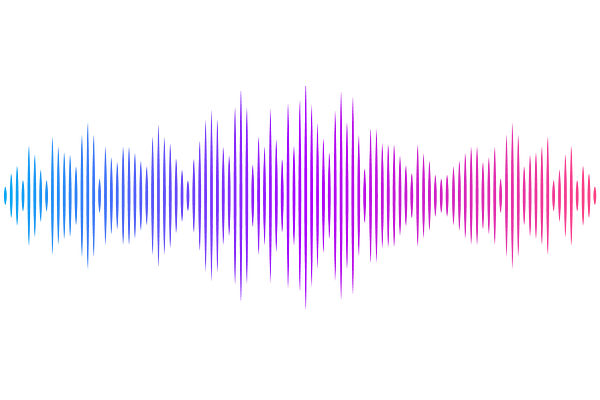Test-Field vs Physical Quasi-Normal Modes in Scalar-Tensor Theories

Test-Field vs Physical Quasi-Normal Modes in Scalar-Tensor Theories
Alexandre Arbey, Etera R. Livine, Clara Montagnon
AbstractIn the context of the general effort to model black hole dynamics, and in particular their return-to-equilibrium through quasi-normal modes, it is crucial to understand how much test-field perturbations deviate from physical perturbations in modified gravity scenarios. On the one hand, physical perturbations follow the modified Einstein equations of the considered extension of general relativity. The complexity of those equations can quickly escalate with extra fields and non-linear couplings. On the other hand, test-field perturbations, with negligible back-reaction on the space-time geometry, describe the propagation of both matter fields and spin $s=2$ gravitational waves on the black hole geometry. They are not subject to the intricacies of the modified Einstein equations, and only probe the background spacetime metric. If their physics were to not deviate significantly from physical perturbations, they would be especially useful to investigate predictions from quantum gravity scenarios which lack explicit detailed Einstein equations. Here we focus on a specific modified gravity solution -- BCL black holes in scalar-tensor theories -- for which physical perturbations and related QNM frequencies have already been studied and computed numerically. We compute the test-field QNM frequencies and compare the two QNM spectra. This provides a concrete example of the significant differences arising between test-fields and physical perturbations, and flags unphysical deviations related to the test-field framework.